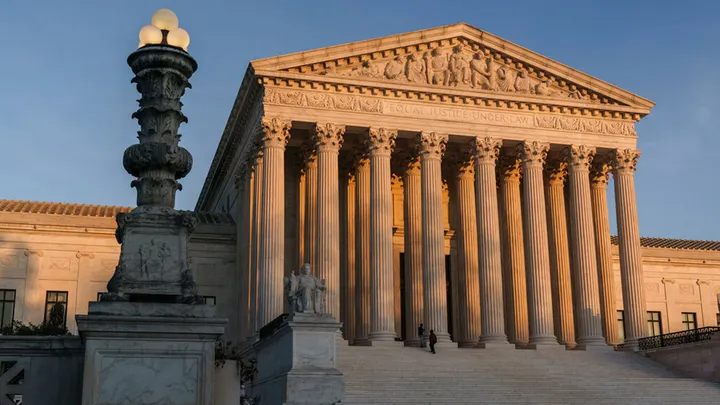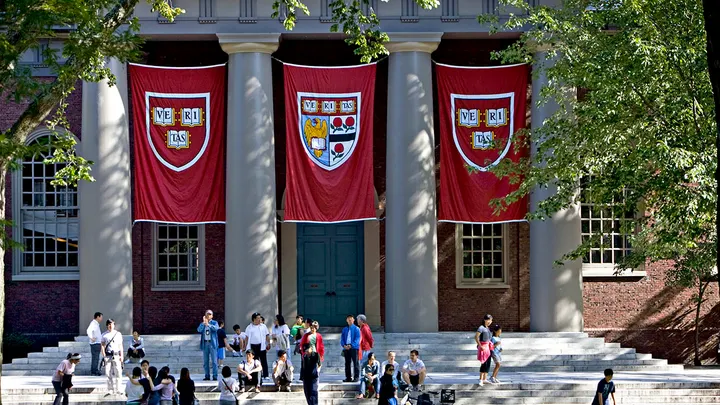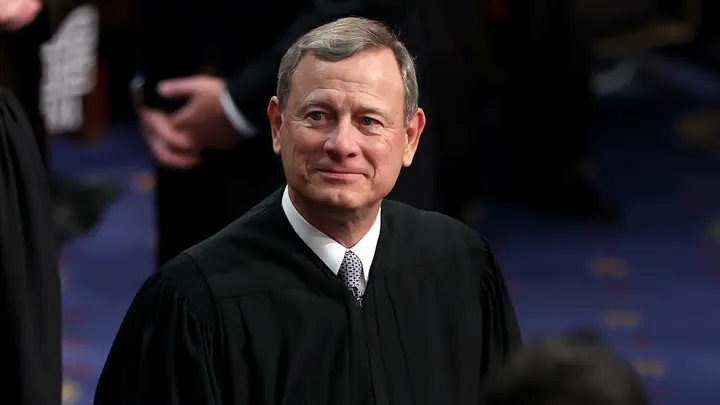In a 6-3 affirmative action opinion, the Supreme Court ruled that using race as a factor in college admissions violated the Constitution’s 14th Amendment.

On Thursday, the U.S. The Supreme Court issued a landmark ruling regarding affirmative action, declaring that the use of race as a factor in college admissions violates the equal protection clause of the 14th Amendment.
In a 6-3 decision, Chief Justice John Roberts, writing for the majority, said any benefits granted to a student must be directly tied to the student’s personal characteristics to overcome racial discrimination or be motivated by heritage or culture. Courage, determination, or special ability to contribute to the university. The opinion emphasized that students should be considered based on their personal experiences rather than their race.
It has criticized the policy of many universities for a considerable period of time, placing too much emphasis on a person’s ethnic identity without considering a person’s achievements, skills, and personal growth. The Court emphasized that such a choice is contrary to our constitutional history, which rejects the notion that a person’s identity is defined primarily by the color of their skin.
Justice Roberts was joined by Justices Clarence Thomas, Samuel Alito, Neil Gorsuch, Brett Kavanagh, and Amy Coney Barrett.
Justice Roberts was joined by Justices Clarence Thomas, Samuel Alito, Neil Gorsuch, Brett Kavanaugh, and Amy Coney Barrett.

Justice Sonia Sotomayor authored the initial dissent, joined by Justice Elena Kagan. Justice Ketanji Brown Jackson also joined in part but recused herself from the Harvard case because of her prior involvement with the Harvard Board of Overseers.
President Biden is expected to make comments on the Supreme Court’s decision at 12:30 p.m. On Thursday.
Back in 2003, Justice Sandra Day O’Connor played a pivotal role as the swing vote in a landmark Supreme Court case involving race.
Although the Supreme Court previously upheld the University of Michigan’s affirmative action policies for minority law school applicants, the current conservative 6-3 majority now prohibits colleges and universities from considering race as a factor in the competitive admissions process.
The court recently ruled on two separate legal challenges involving Harvard University, a private institution, and the University of North Carolina, a public institution. These universities argue that their admissions standards serve a broader social goal that courts have long supported: fostering a diverse and intellectually vibrant campus that prepares future leaders.
However, a coalition of Asian American students argues that the standards impose a “racial penalty” by holding them to higher standards than many black and Hispanic students. They claim that the admissions process discriminates against them.
This shift in the court’s stance highlights the debate surrounding affirmative action and racial considerations in college admissions.
The student activist group, Students for Fair Admissions, initiated lawsuits against both Harvard and the University of North Carolina. In 2014, the group filed a lawsuit against Harvard College, claiming that the institution violated Title VI of the Civil Rights Act. Title VI prohibits discrimination based on race, color, or national origin in any program or activity that receives federal funds or federal financial assistance.
The complaint filed against Harvard argued that the university’s admission practices resulted in a disadvantage for Asian American students and alleged a lack of implementation of race-neutral policies. In the case against the University of North Carolina, the issue raised was whether the university could reject non-race-based practices without demonstrating that such practices would compromise academic quality or undermine the benefits derived from campus diversity.
The U.S. The Court of Appeals for the First Circuit affirmed the judgment in Harvard’s favor, affirming the decision of the district court bench trial. The district court concluded that the evidence presented against Harvard was inconclusive and that any observed discrimination affected only a small group of Asian American students. Additionally, the district court ruled that Students for Fair Admissions (SFFA) did not have standing to pursue the case.

In the University of North Carolina (UNC) case, a federal district court also ruled in favor of the university, stating that its admissions practices passed a strict scrutiny standard.
Chief Justice Roberts, in his majority opinion, found that both Harvard’s and UNC’s admissions programs lacked clear and measurable goals justifying the use of race. He argued that these programs deliberately used race in a negative manner, perpetuated racial stereotypes, and lacked meaningful endpoints.
Roberts emphasized that such admissions programs were not allowed to operate in this manner in the past, and the court would not approve of them today.
Justice Clarence Thomas, concurring with the majority opinion, wrote a separate concurrence expressing his own view.
He explained the decision by recognizing the true nature of universities’ admissions policies: untargeted, race-based preferences intended to achieve a certain racial composition in their incoming classes. According to Justice Thomas, these policies are in direct conflict with the principles of our colorblind Constitution and our nation’s ideal of equality. In essence, they categorically and categorically state that the flag is unconstitutional.
In addition, Justice Clarence Thomas expressed his deep understanding of his own race and the social and economic hardships of everyone facing discrimination. However, he had a firm hope that the United States would uphold the principles clearly stated in the Declaration of Independence and the Constitution: that all men are created equal, are equal citizens, and should be treated with equal respect under the law.
Affirmative action cases have sparked a spirited and lively debate among Supreme Court justices in recent terms. Chief Justice John Roberts and Justice Samuel Alito engaged Harvard attorney Seth Waxman in questioning during the hearing.
Alito pressed Waxman on why Asian American students regularly receive lower individual scores on their applications than other races. Waxman talked around the judge’s questions, causing Alito to become frustrated with the lawyer.

